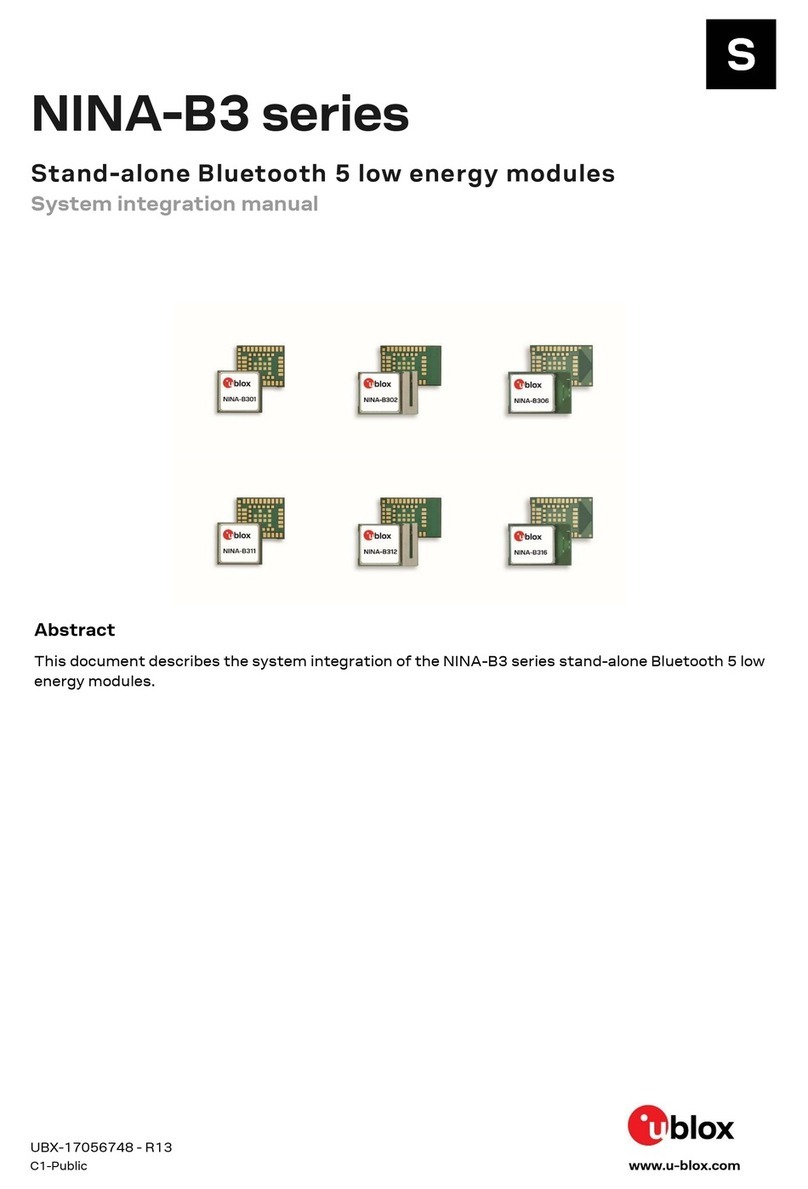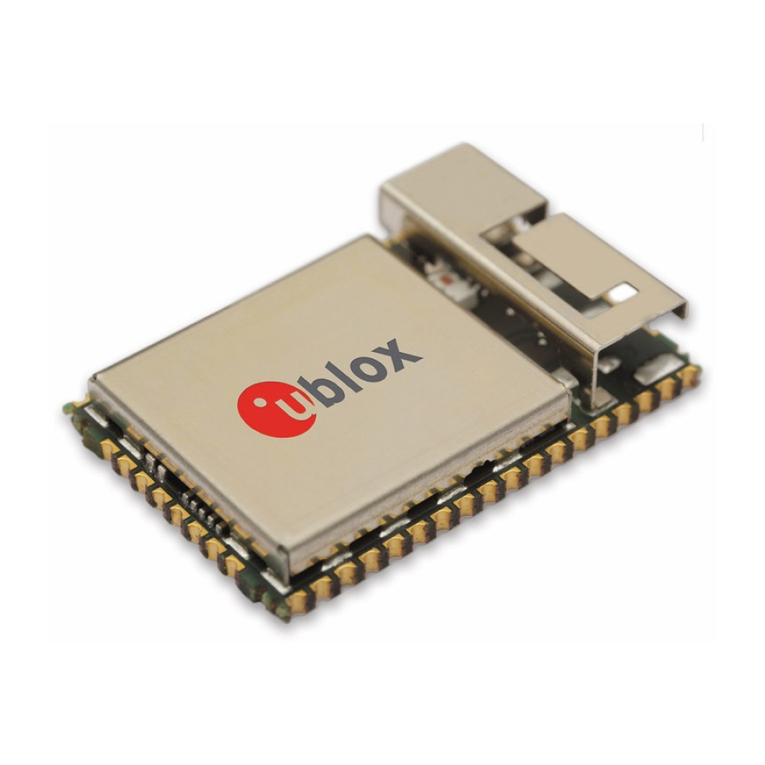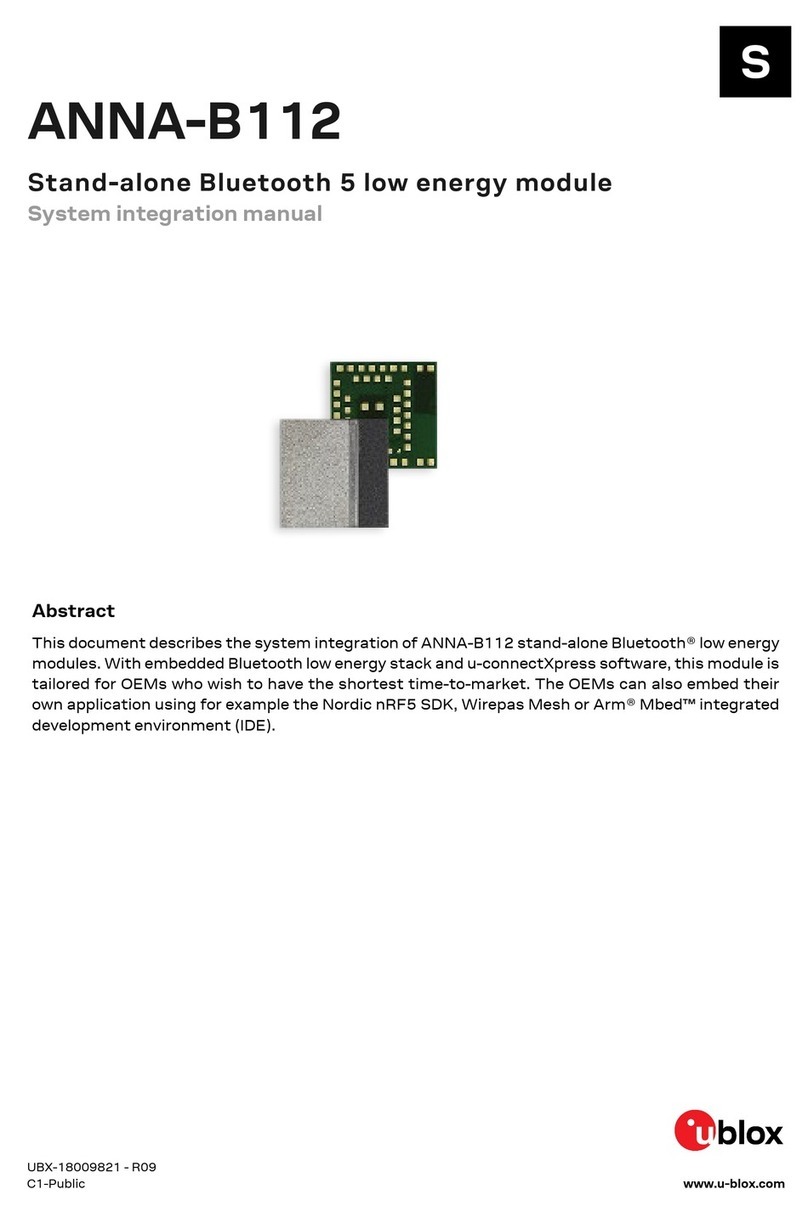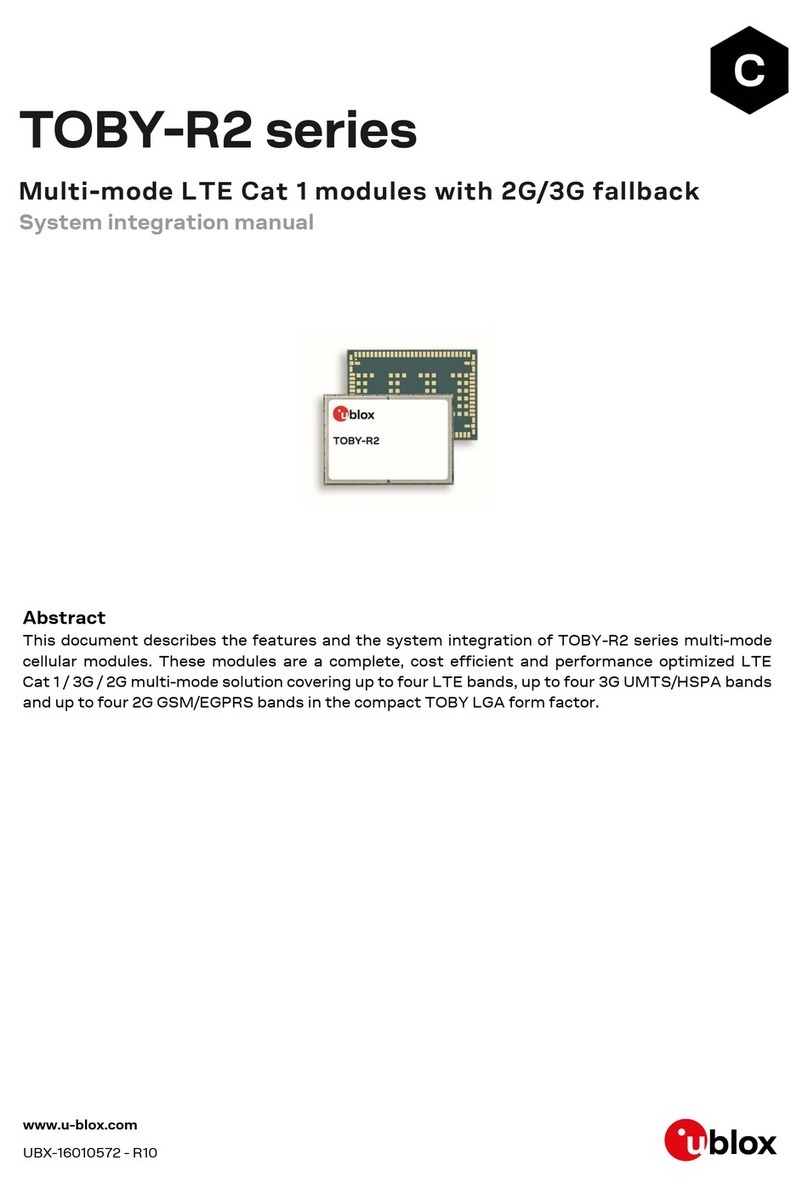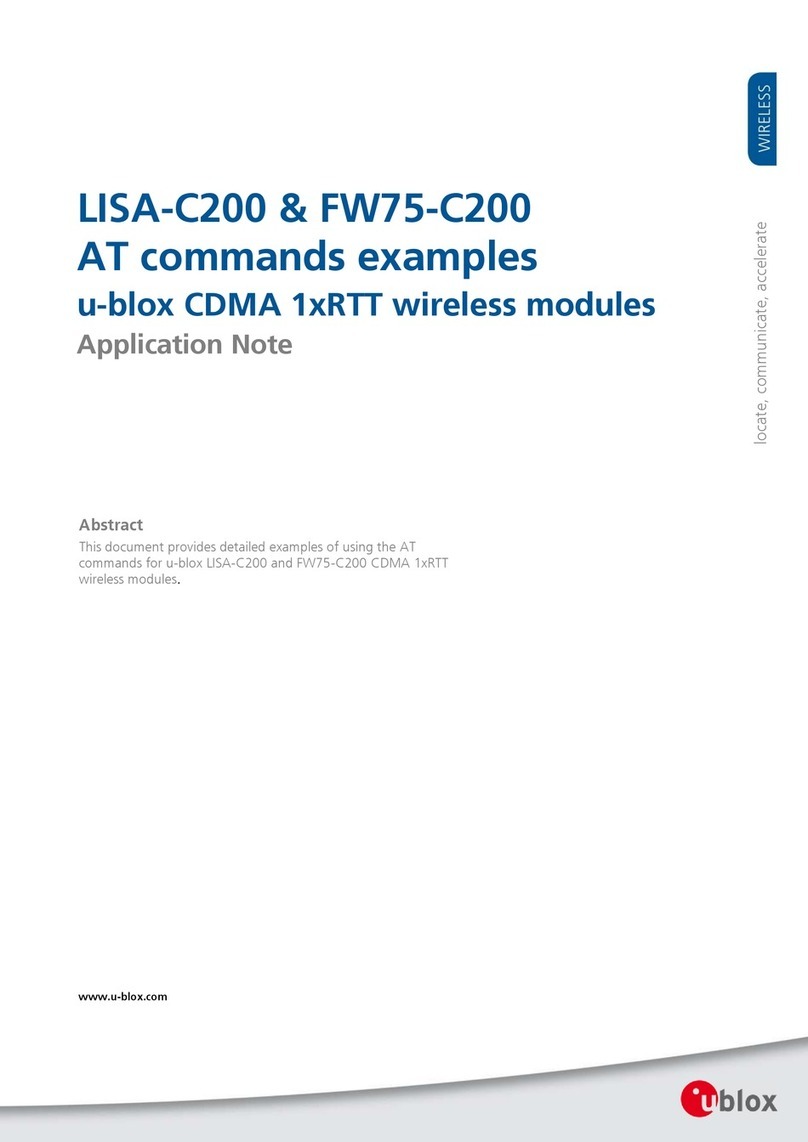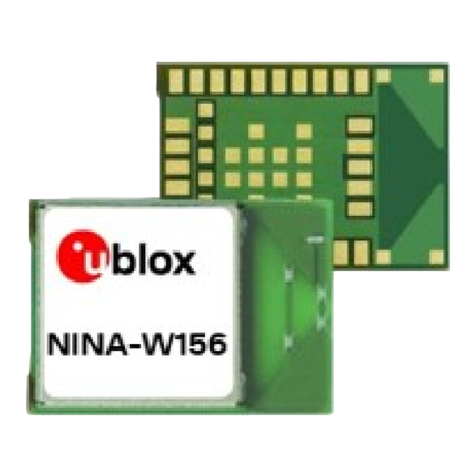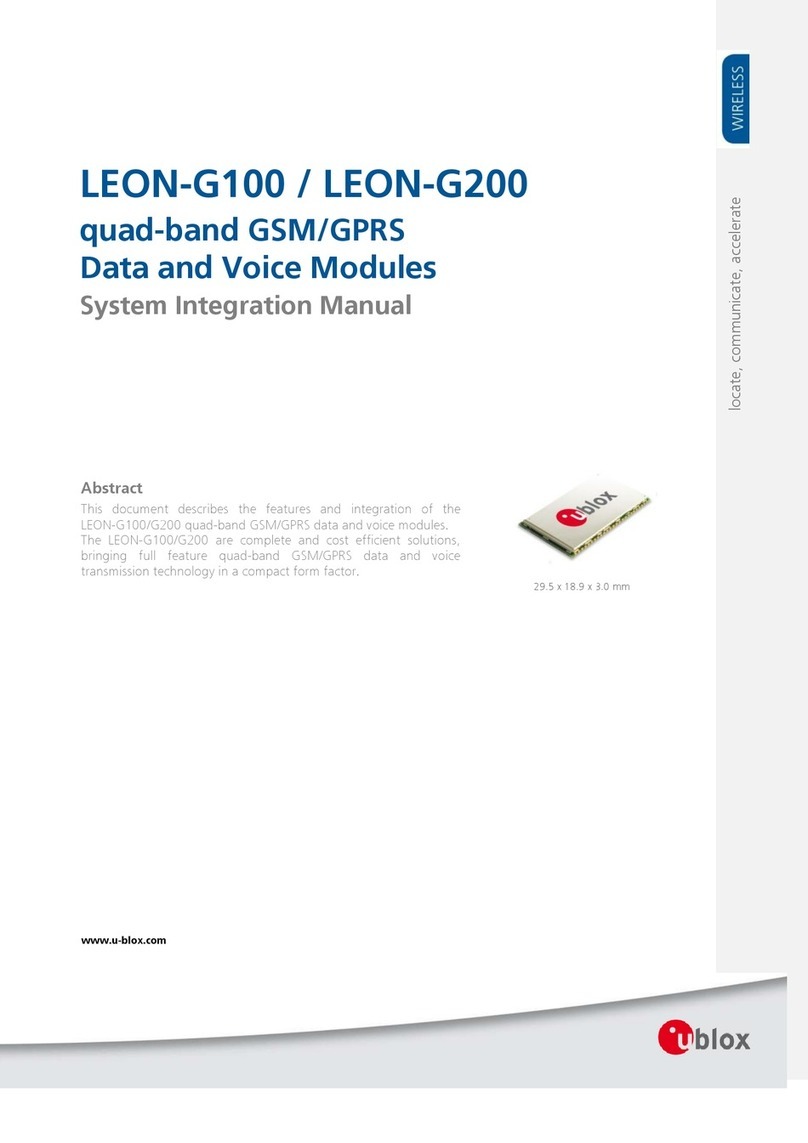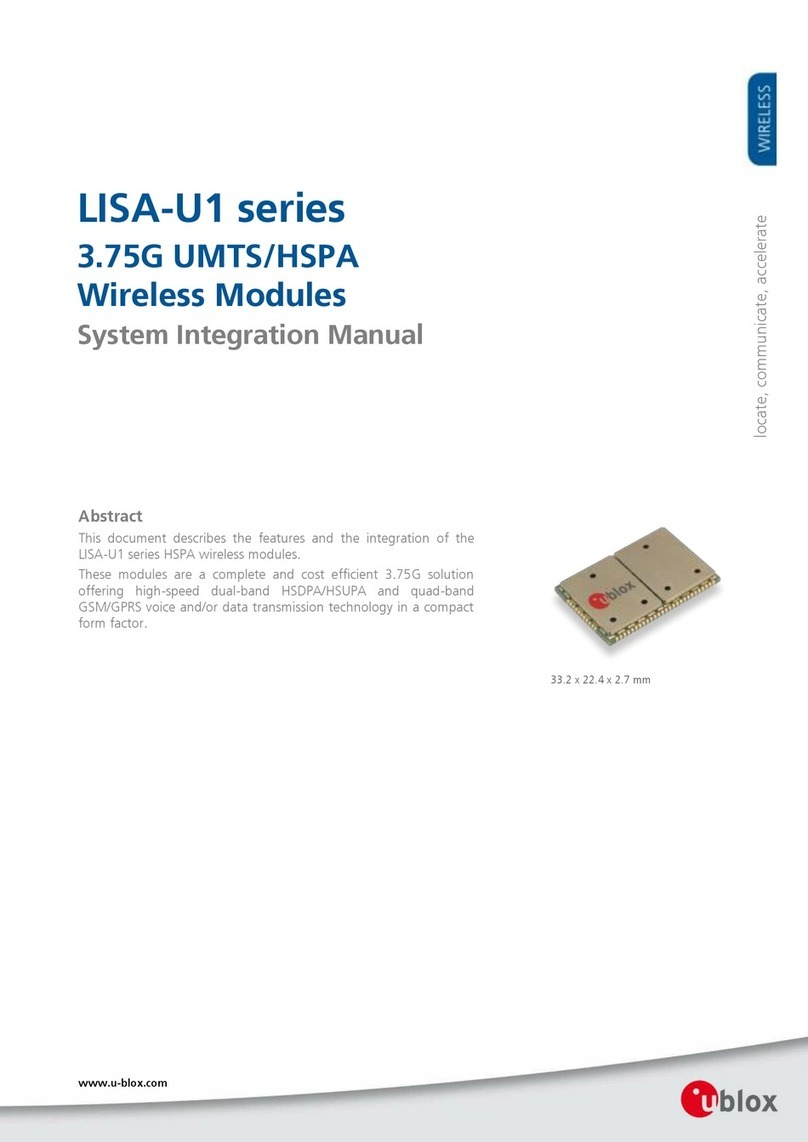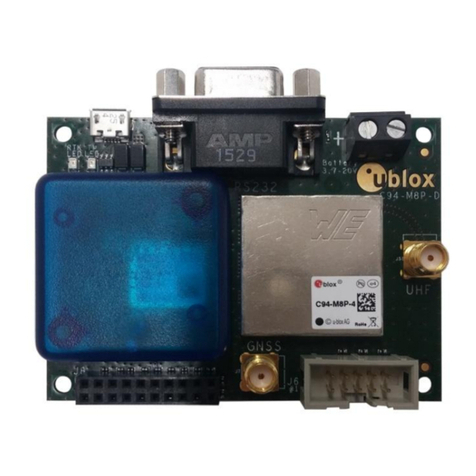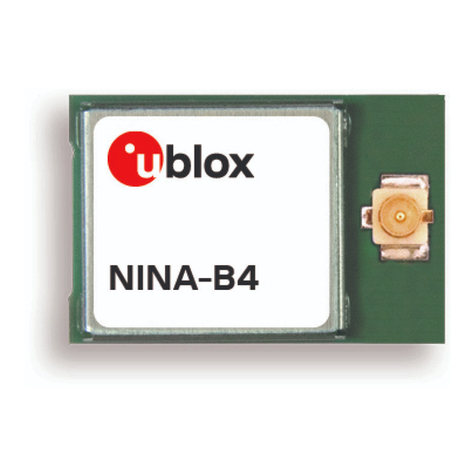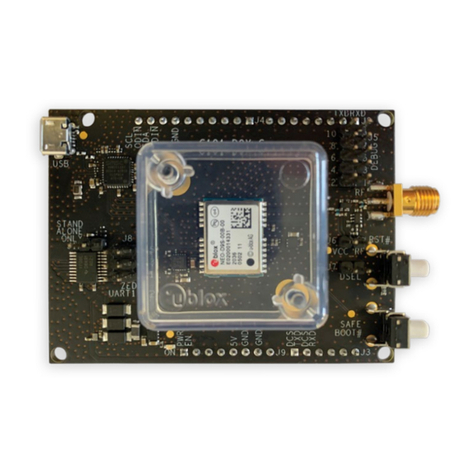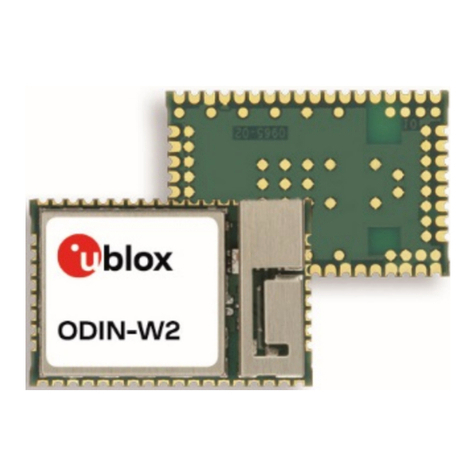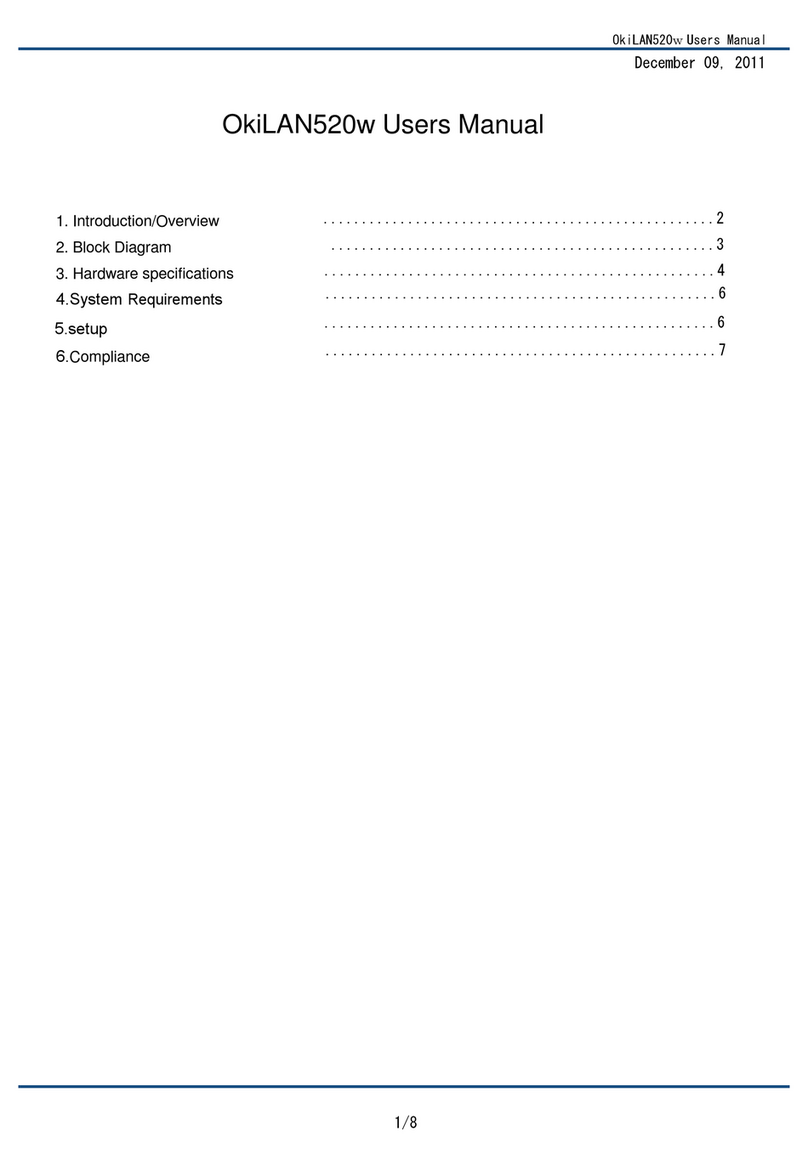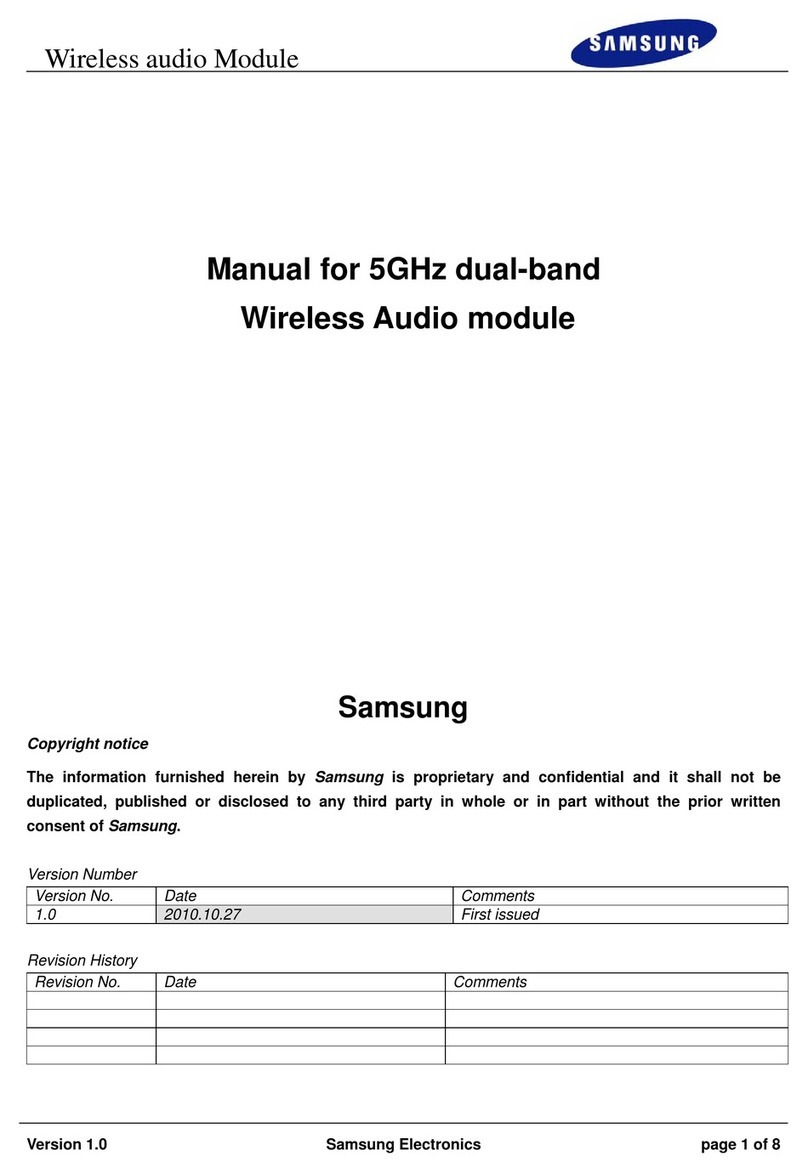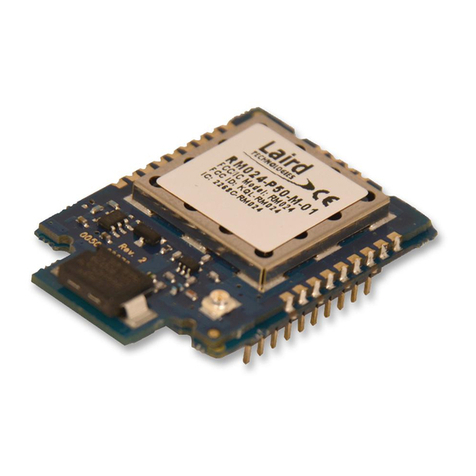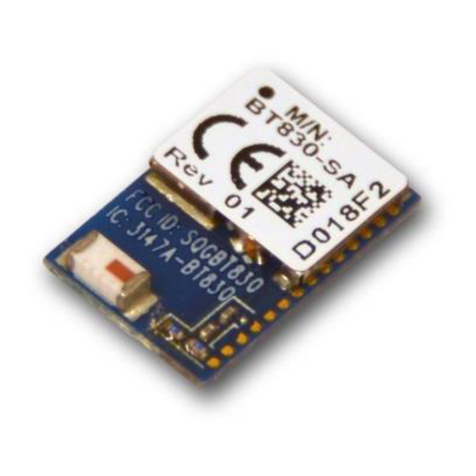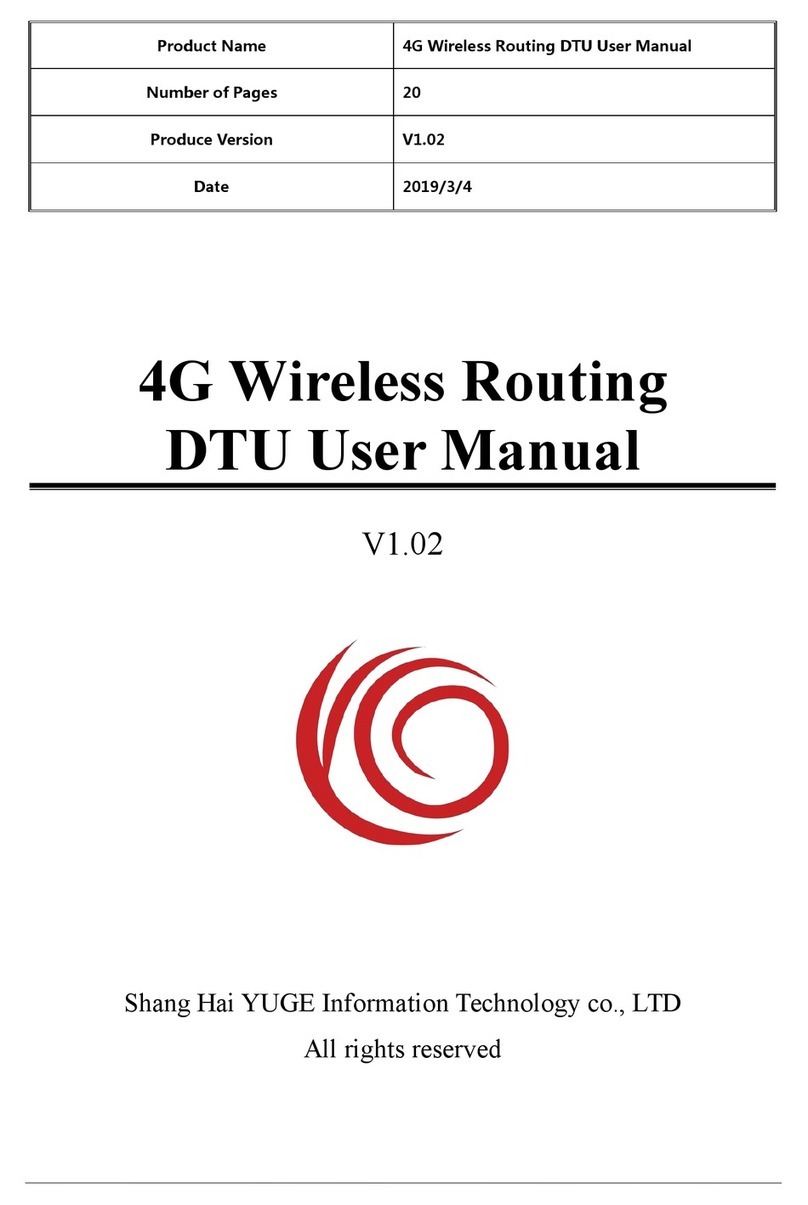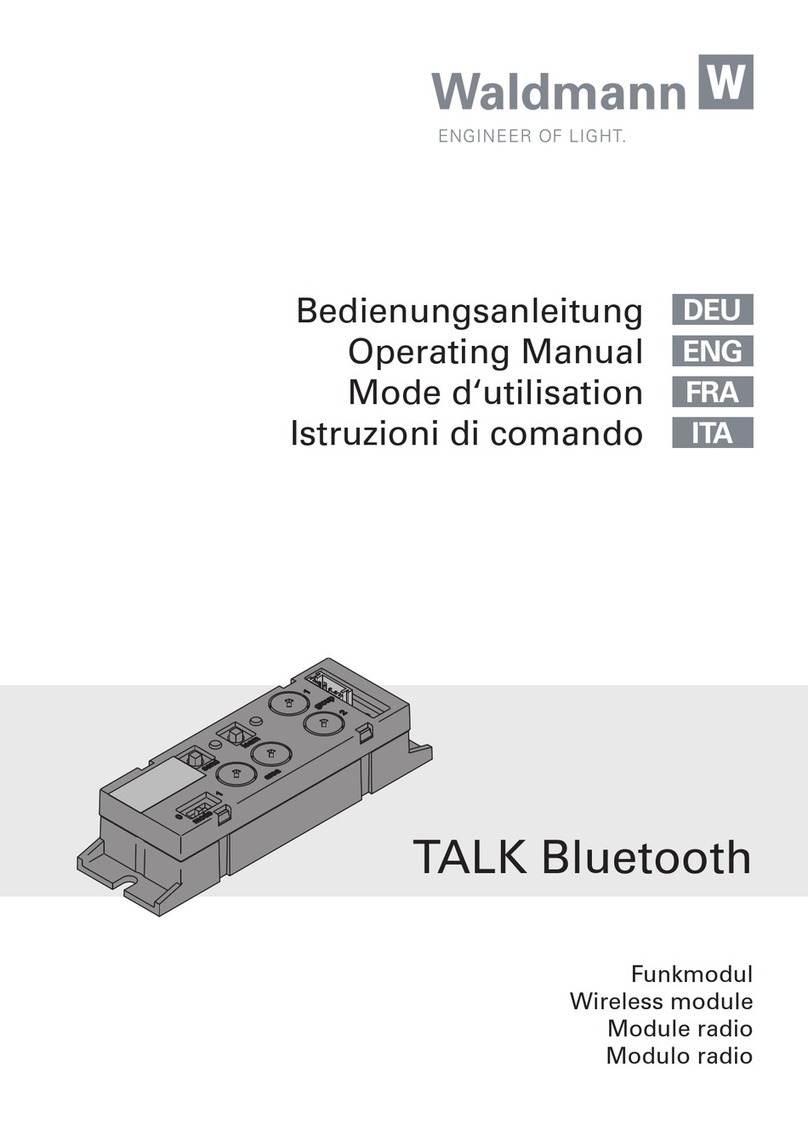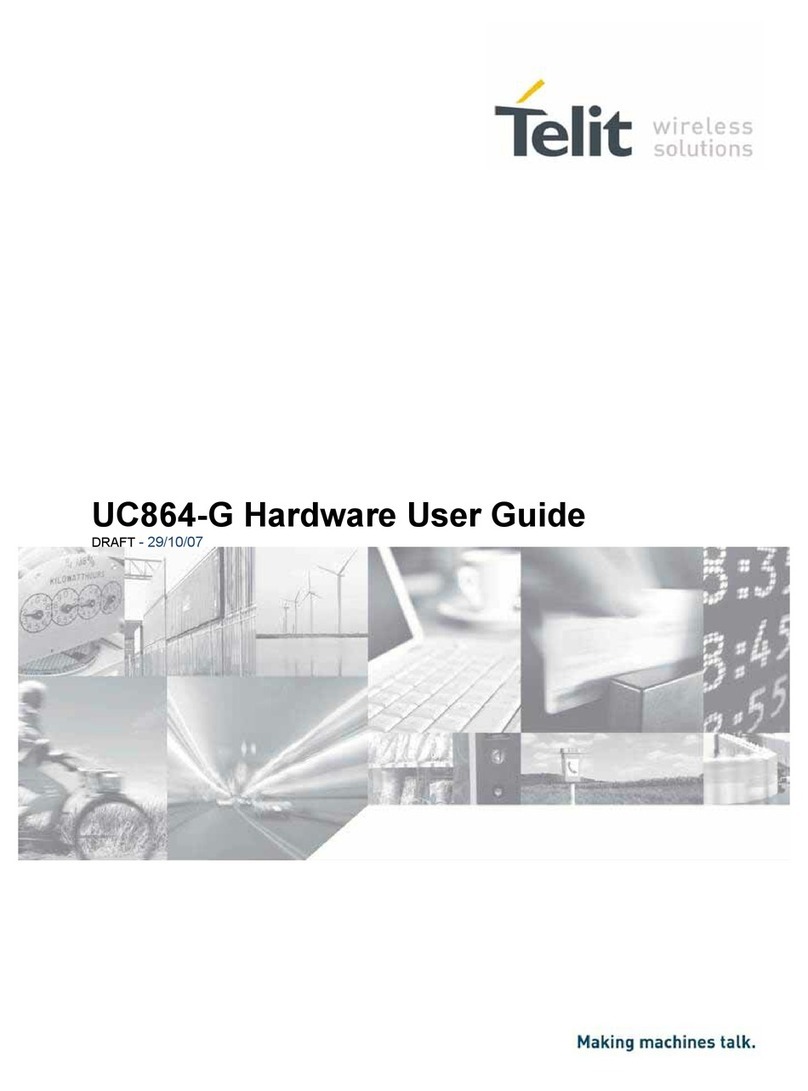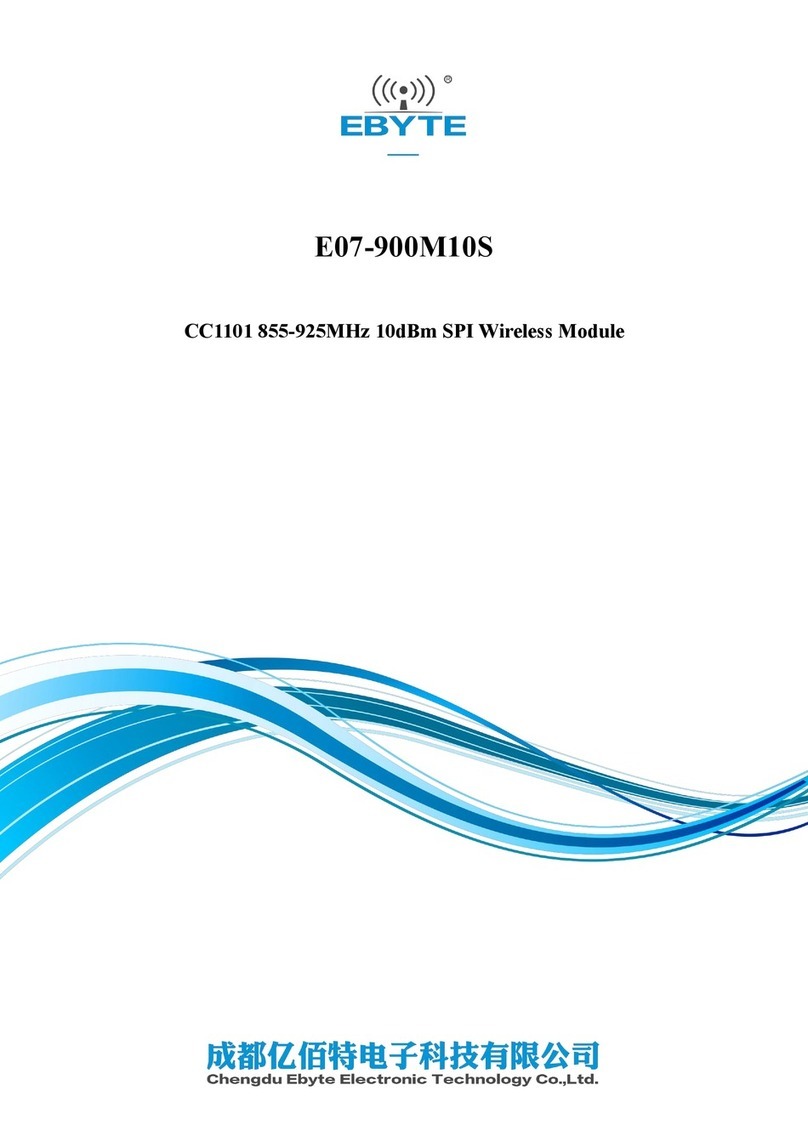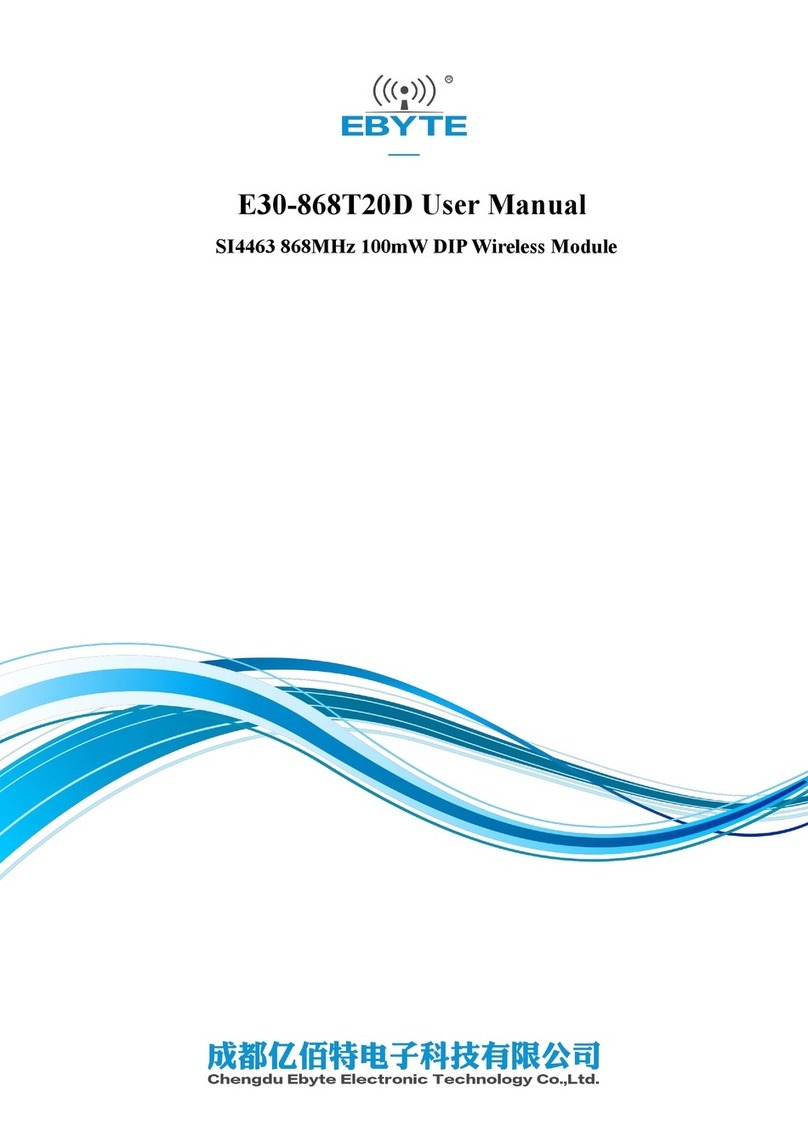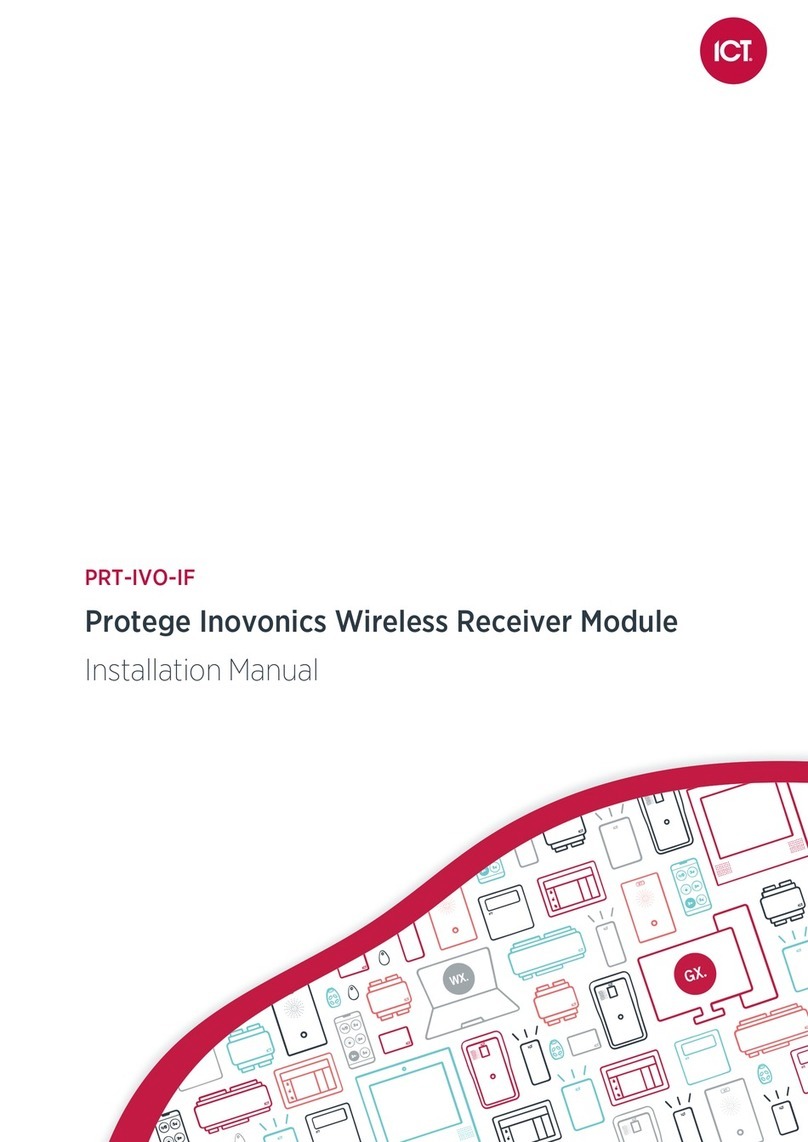
MAX-M5Q - Hardware Integration Manual
FTX-HW-13008 Objective Specification Contents
Page 6 of 40
4.1.4 Antenna micro strip..................................................................................................................... 19
4.2 Antenna and Antenna supervision ...................................................................................................... 20
4.2.1 Antenna design with passive antenna ......................................................................................... 20
4.2.2 Active antenna design not using antenna supervisor ................................................................... 21
4.2.3 Design with GLONASS / GPS active antenna................................................................................ 23
4.2.4 Design with GLONASS / GPS passive antenna.............................................................................. 24
4.3 Recommended parts........................................................................................................................... 25
4.3.1 Recommended GPS & GLONASS active patch antenna (A1) ........................................................ 26
4.3.2 Recommended GPS & GLONASS passive patch antenna .............................................................. 26
4.3.3 Recommended GPS & GLONASS passive chip antenna ................................................................ 26
5Migration ....................................................................................................................27
5.1 Migrating from u-blox 7 designs to a MAX-M5Q module ................................................................... 27
5.1.1 Software compatibility................................................................................................................. 27
5.2 Forward compatibility from MAX-M5Q designs to a MAX-8x module ................................................. 27
5.2.1 Software compatibility................................................................................................................. 27
6Product handling ........................................................................................................28
6.1 Packaging, shipping, storage and moisture preconditioning ............................................................... 28
6.1.1 Population of Modules ................................................................................................................ 28
6.2 Soldering ............................................................................................................................................ 28
6.2.1 Soldering paste............................................................................................................................ 28
6.2.2 Reflow soldering ......................................................................................................................... 28
6.2.3 Optical inspection........................................................................................................................ 29
6.2.4 Cleaning...................................................................................................................................... 29
6.2.5 Repeated reflow soldering........................................................................................................... 30
6.2.6 Wave soldering............................................................................................................................ 30
6.2.7 Hand soldering............................................................................................................................ 30
6.2.8 Rework........................................................................................................................................ 30
6.2.9 Conformal coating ...................................................................................................................... 30
6.2.10 Casting........................................................................................................................................ 30
6.2.11 Grounding metal covers .............................................................................................................. 31
6.2.12 Use of ultrasonic processes.......................................................................................................... 31
6.3 EOS/ESD/EMI precautions ................................................................................................................... 31
6.3.1 Electrostatic discharge (ESD) ........................................................................................................ 31
6.3.2 ESD handling precautions............................................................................................................ 31
6.3.3 ESD protection measures............................................................................................................. 32
6.3.4 Electrical Overstress (EOS)............................................................................................................ 33
6.3.5 EOS protection measures............................................................................................................. 33
6.3.6 Electromagnetic interference (EMI) .............................................................................................. 33
6.3.7 Applications with wireless modules LEON / LISA .......................................................................... 34
7Product testing ...........................................................................................................36
7.1 u-blox in-series production test........................................................................................................... 36
7.2 Test parameters for OEM manufacturer.............................................................................................. 36
